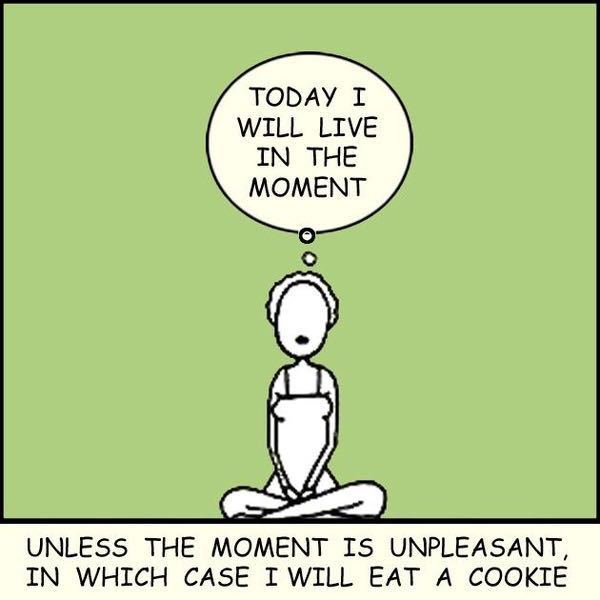Updated Brain Map Identifies Nearly 100 New Regions
Marlene Breverman stashed this in neurology
Stashed in: Brain, Awesome, Brain, Neuroscience
Three years ago, Dr. Glasser and his colleagues set out to create a new standard. They drew on data collected by the Human Connectome Project, in which 1,200 volunteers were studied with powerful new scanners.
The project team recorded high-resolution images of each participant’s brain, and then recorded its activity during hours of tests on memory, language and other kinds of thought.
In previous attempts to map the cortex, scientists typically had looked only at one kind of evidence at a time — say, the arrangements of cells. The Human Connectome Project has made it possible to study the brain in much greater detail.
In addition to looking at the activity of the brain, the scientists also looked at its anatomy. They measured the amount of myelin, for example, a fatty substance that insulated neurons. They found sharp contrasts in myelin levels from one region of the cortex to the next.
“We have 112 different types of information we can tap into,” said David C. Van Essen, a principal investigator with the Human Connectome Project at Washington University Medical School.
Using these variables, the scientists trained a computer with data from 210 brains to recognize discrete regions of the cortex. Once the computer profiled the distinctive combinations of myelin, activity and other characteristics, they tested it on 210 other brains.
The computer pinpointed the regions in the new brains 96.6 percent of the time. The scientists found that only a small number of features were required to map the brain. That means that researchers will be able to use their method to map an individual’s brain in a little over an hour of scanning.
The map produced by the computer includes 83 familiar regions, such as Broca’s area, but includes 97 that were unknown — or just forgotten.
In the 1950s, for example, German researchers noticed a patch on the side of the brain in which neurons had little myelin, compared with neighboring regions. But the finding was soon neglected.
People tended to ignore it, and it was lost in the literature,” said Dr. Van Essen.
The computer rediscovered the odd territory, and Dr. Van Essen and his colleagues found that it becomes unusually active when people listen to stories. That finding suggests the region, which they call 55b, is part of a language network in the brain, along with Broca’s area.
In other parts of the cortex, the scientists were able to partition previously identified regions into smaller ones. For example, they discovered that a large region near the front of the brain, the dorsolateral prefrontal cortex, actually is made up of a dozen smaller zones.
The region becomes active during many different kinds of thought, ranging from decision-making to deception. It’s possible that each of the newly identified smaller parts is important for one of those tasks.
The computer program developed by the scientists became so adept at mapping the cortex that it could identify hidden regions even when they took on unusual shapes. Twelve of the research subjects, for example, have a 55b region that’s split into two isolated patches. (The researchers don’t know whether this affects how the subjects use language.)
Other neuroscientists hope that the new map will sharpen their experiments, allowing them to discover how the brain’s cogs mesh.
“The next big step is seeing what this can do for us in terms of buying more power,” said Emily S. Finn, a graduate student at Yale University who has used Human Connectome Project data to find links between brain activity and intelligence.

A brain scan showing the pattern of brain activation in the left hemisphere when listening to stories while in a scanner. Credit Matthew F. Glasser, David C. Van Essen
Marlene, the brain seems so complicated!
I wonder how much understanding we'll glean in our lifetimes.











12:53 PM Jul 20 2016